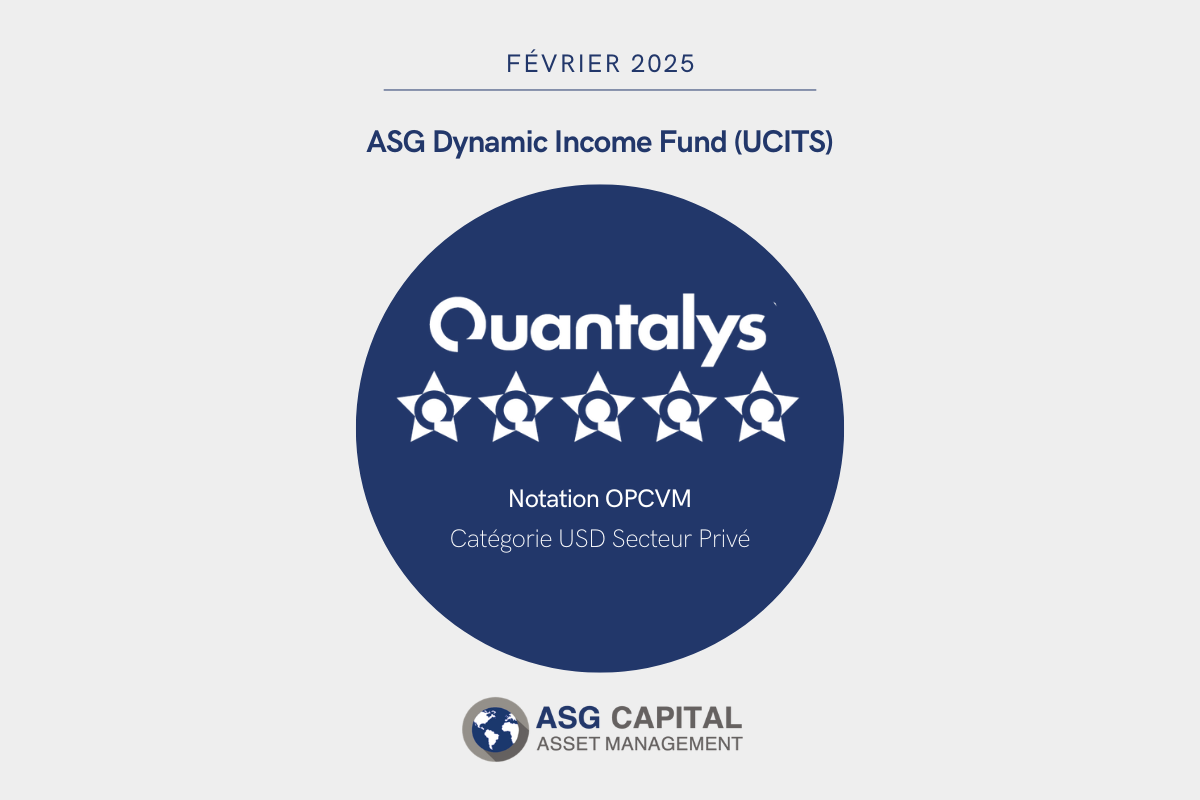Introduction
Some large US banks posted better-than-expected results in the third quarter of 2020. These figures were fueled by exceptional profits from their financial market activities on the one hand and by a reduction in provisions for non-performing loans on the other. Beyond these accounting adjustments, these entities have had the opportunity to build up a war chest of reserves over recent years. Thanks to a dynamic American economy as well as positive interest rates, they were able to generate a greater profitability from their banking activities than their European competitors, for example.
Well-Capitalized Balance Sheets
In order to strengthen their balance sheets, these financial institutions have been subject to a new regulation in 2019, the CECL (Current Expected Credit Loss). This rule, inspired by the IFRS9 accounting standard, seeks to implement a loss provision process as soon as bank loan becomes non-performing. It was scheduled to be installed by the end of 2020. However, the major American commercial banks have been encouraged by the Federal Reserve to apply it in advance following the Covid crisis, when it was possible for them to do so. To add to this prudent accounting procedure, bans were placed in March 2020 on any increase in dividend payments as well as any share buy back.
In a report from the Federal Reserve Bank of New York, these combined measures have enabled large US banks to maintain a high level of capital at 12.69%, well above the 8.25% observed before the 2008 financial crisis. We conclude that these large banking institutions seem to be well capitalized to face the current uncertain economic environment.
The profitability of major American banks
The profitability on traditional banking activity has been weakened during the sanitary crisis by the lockdown measures imposed in the United States. In spite of this, some of these major banks have been able to benefit from the monetary interventions initiated by the Federal Reserve. This has enabled them to post record profits on the ‘financial market’ side of their business.
Banking Industry trends
The American banking sector, as elsewhere in the world, is experiencing fundamental changes. These will determine how the industry will operate in the future. Digitalization is revolutionizing the access to banking services, for example. Less human interaction and a reduced need for a physical presence through a network of branches will become the new normal for the industry. Major American banks have invested heavily to embrace this strategic change, in some cases with the support of the GAFAs. Very soon, these efforts will give these institutions a technological advantage over competitors less able to make these massive digital investments.
With US interest rates now close to zero, the industry is likely to see more consolidation. Many local and regional banks could fall prey to the country’s largest financiers, as they do not have a profitable financial market trading activity to rely on or are unable to invest significantly in tomorrow’s technology.
Conclusion
The large American banks have come into the 2020 health crisis in a stronger financial position than in 2008. Placed at the heart of the financial system, most of them have been able to take full advantage of the colossal monetary injections made by the Federal Reserve and the Federal Government. During this period of sanitary and financial turmoil, many have increased their technological investments for the future. Once the Covid crisis is behind us, they will invariably seek to increase their economic footprint through the acquisition of competitors (generally smaller entities) that have been financially weakened by the events of 2020.
In 2008, certain politicians singled out these major US banks as being the source of the financial ills of the time. 2021 could see these same players emerge as the solution for a new found resilience of the American banking industry, a precondition for any economic recovery. Nice turnaround for these banking institutions.



